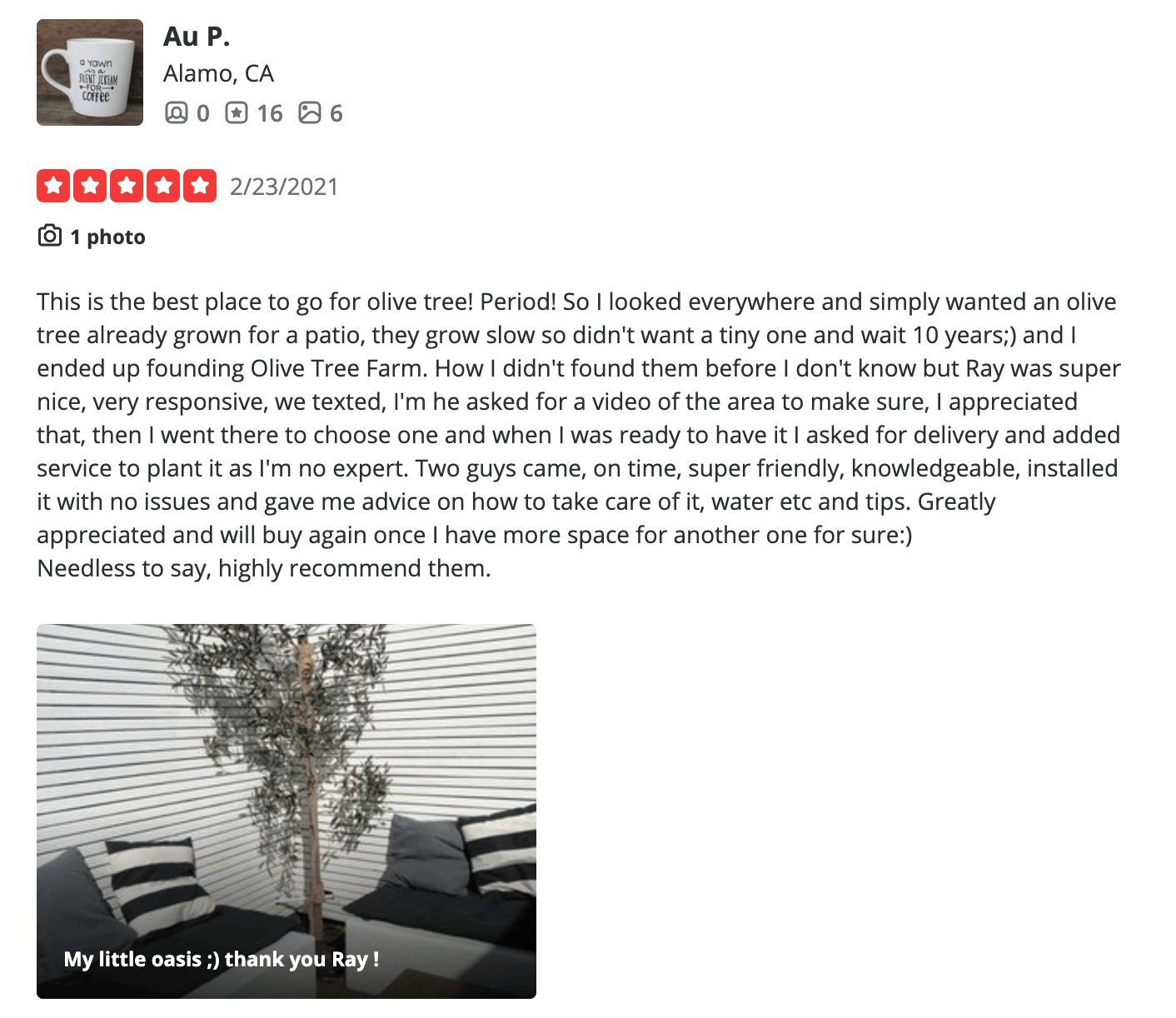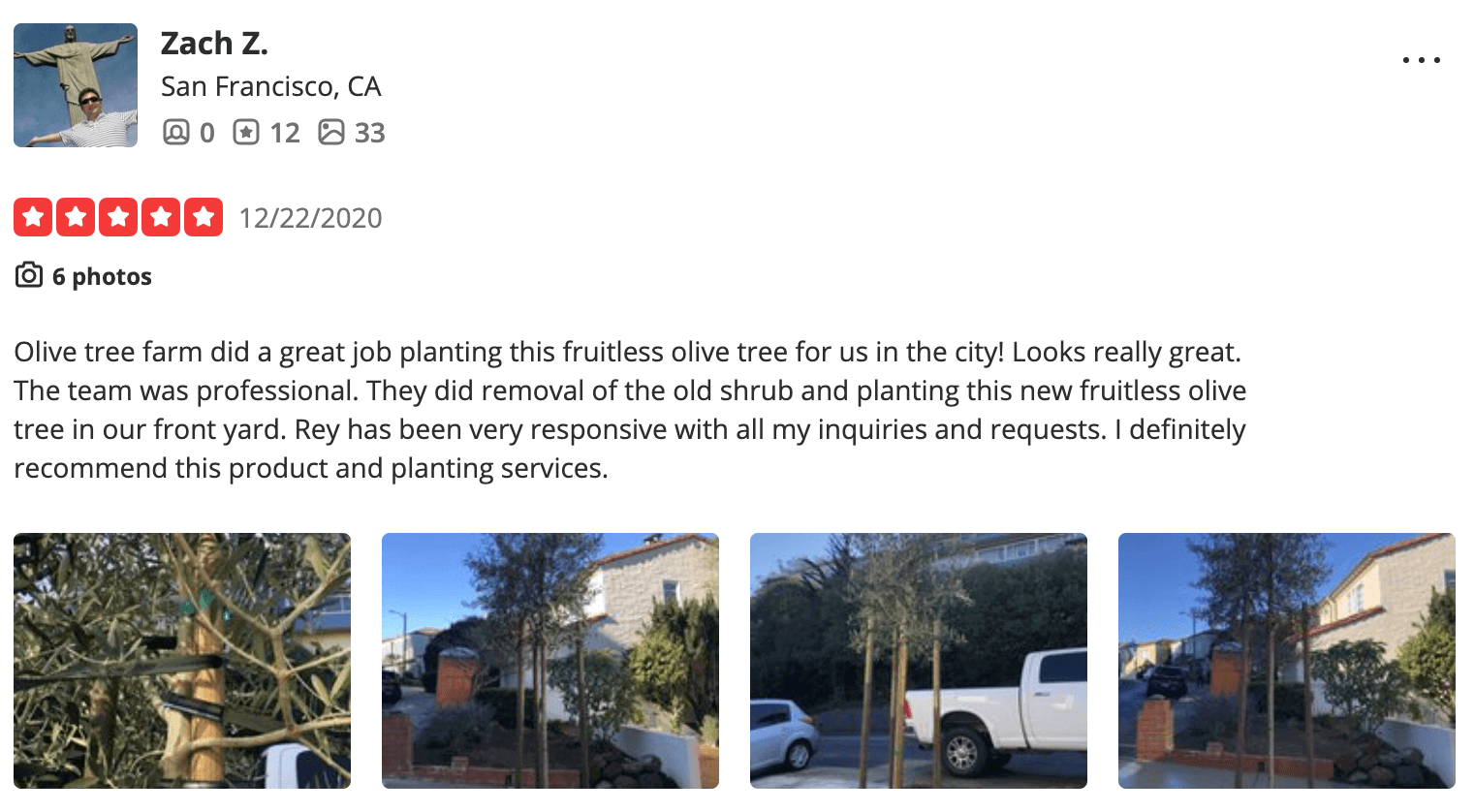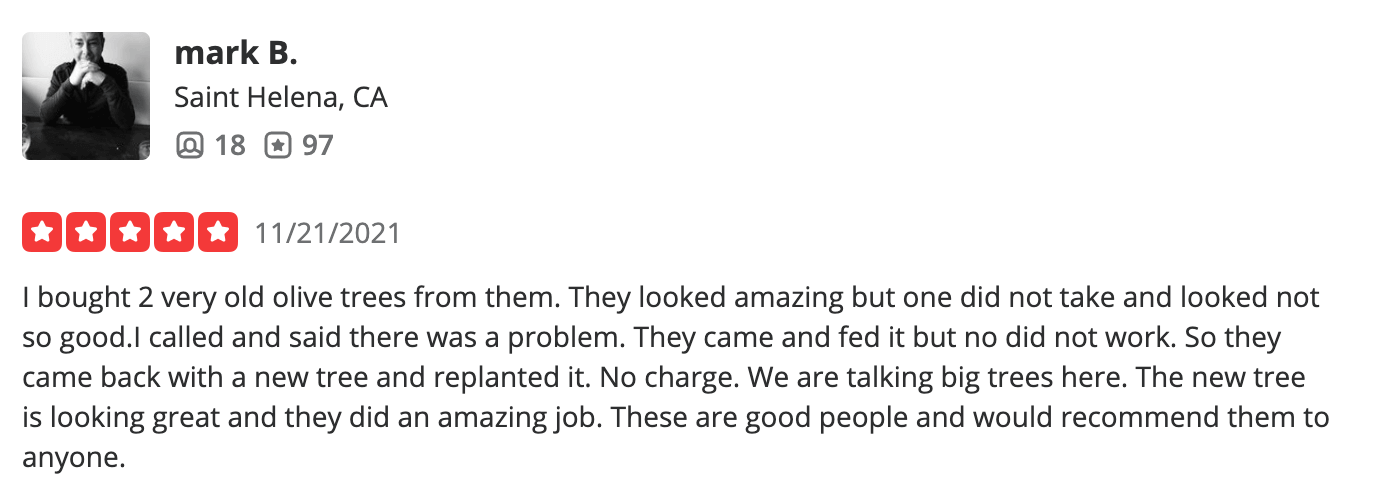Arbosana Olive Trees
Arbosana, which originates in Spain and matures a little later than Arbequina, is considered to be more vigorous than the latter. The olives grown on Arbosana olive trees have a sweet, fruity taste with nutty undertones and a medium level of astringency. Growing in high-density plantings is an excellent choice for a home gardener, as it consistently produces high-quality fresh-eating olives.
These self-fertile dwarf trees have sage-green leaves and a Mediterranean flair that provides shade without taking up much room—reaching only about 12 feet. You can use this as a patio tree, container plant, or even a tropical houseplant if you have adequate sunlight. After all, what’s better than drizzling homegrown olive oil over crusty bread and seasoning it with a pinch of black pepper?
- Fruiting Specimen
- Bloom (Summer)
- Slow Growth
- Color (Gray-to-Green)
- Olive Oil (Sweet)
- Landscape and Commercial
Care and Maintenance
Arbosana olive trees are exceedingly versatile and thrive in ordinary, slightly alkaline, well-drained soils. Water deeply and frequently during the first few growing seasons to help the plant build a strong root system. Once established, reduce the frequency of watering; it is drought-tolerant. However, protect young plants (or freshly transplanted Arbosana) from extreme winter weather.
| Quick Facts | |
| Origin | Spain |
| Scientific Name | Olea Europaea ‘Arbosana’ |
| Family | Oleaceae |
| Tree Type | Fruiting Specimen |
| Common Names | The Olive Tree, Arbosana olive tree, Olea Europaea |
| Height | (Insert) |
| Toxicity | Non Toxic |
| Light | Full Sun |
| Watering | Drought-Tolerant |
| Soil | Well-Drained-Nutrient Poor Soil |
| Hardiness | Hardy Down 10 °F |
| Foliage | Gray-to-Green |
| Growth | Slow |
| Olive Oil | Sweet |
Don’t Take Our Word, Hear What Our Customers Say!



Interested? We’d love to hear from you!
Call us at 707-732-6152 for a free consultation!
Looking for something else? We might have it for you...
Arbequina Olive Trees
Arbosana Olive Trees
Ascolana Tenera Olive Trees
Cerignola Olive Trees
Coratina Olive Trees
Itrana Olive Trees Kalamata Olive Trees
Koroneiki Olive Trees
Leccino Olive Trees
Little Ollie Dwarf Olive Trees
Majestic Beauty Olive Trees
Manzanillo Olive Tree
Maurino Olive Tree Mission Olive Tree
Pendolino Olive Trees
Picholine Du Gard Olive Trees
Picual Olive Trees
Sevillano Olive Trees
Swan Hill Olive Trees
Wilsonii Olive Trees
Zitoun Olive Trees